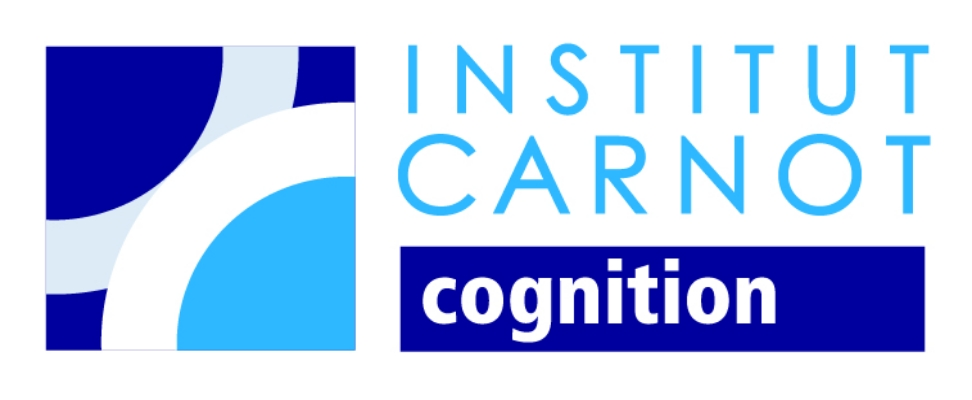Our Tips for a Successful Collaboration
Best practices in research partnerships.
Our tips.
- To initiate and secure initial exchanges between researchers and the company, it is recommended to establish a confidentiality agreement to protect all parties and provide a solid foundation for research work.
- A confidentiality agreement allows researchers to share details of their previous or current work, helping to determine if combining their acquired skills could advance the project more quickly. Only previous work can be freely disseminated by the researcher who owns it
- Subsequently, a collaboration agreement framework is set up, including a confidentiality clause to continue exchanges and maintain result secrecy. This collaboration agreement will define the publication and disclosure conditions of the obtained results between the signing structures.
- Financial commitments, human resources, or expected results can become untenable if all elements have not been carefully considered in advance. To avoid significant time loss and future misunderstandings, it is crucial to precisely define the forms of future work.
- To initiate and secure initial exchanges between researchers and the company, it is recommended to establish a confidentiality agreement to protect all parties and provide a solid foundation for research work.
- A confidentiality agreement allows researchers to share details of their previous or current work, helping to determine if combining their acquired skills could advance the project more quickly. Only previous work can be freely disseminated by the researcher who owns it


- Subsequently, a collaboration agreement framework is set up, including a confidentiality clause to continue exchanges and maintain result secrecy. This collaboration agreement will define the publication and disclosure conditions of the obtained results between the signing structures.
- Financial commitments, human resources, or expected results can become untenable if all elements have not been carefully considered in advance. To avoid significant time loss and future misunderstandings, it is crucial to precisely define the forms of future work.
Instruction
Whether the scientist is in direct contact with a company or the company has reached out via the laboratory, the project setup phase remains the same – the instruction phase conducted by the researcher with their dedicated legal/contractual service.
This is typically the time to consolidate financial aspects. As with the sharing of sensitive data, vigilance is required. At this stage, one should have an idea of the costs associated with the common project: researcher time to complete the project, hiring non-permanent staff such as post-docs, Ph.D. students, interns, supervising CIFRE theses, purchasing specific equipment, using measurement equipment, mission expenses, etc. These items are well known to legal/contractual services. With a fine understanding of the scientific project that researchers from both parties want to undertake together, this service quickly determines whether it is a research service or a collaboration contract. Then, the evaluation of costs and the outlines of the upcoming contract proceed. prestation de recherche ou d’un contrat de collaboration. Puis on avance sur l’évaluation des coûts et sur les contours du contrat à venir.
Clearly defining the project's scope will allow drafting the contract smoothly, fostering mutual trust conducive to the project's successful development.
The research project's foundation is then solid (price, duration, scientific project, steps, and form of the work are set).

